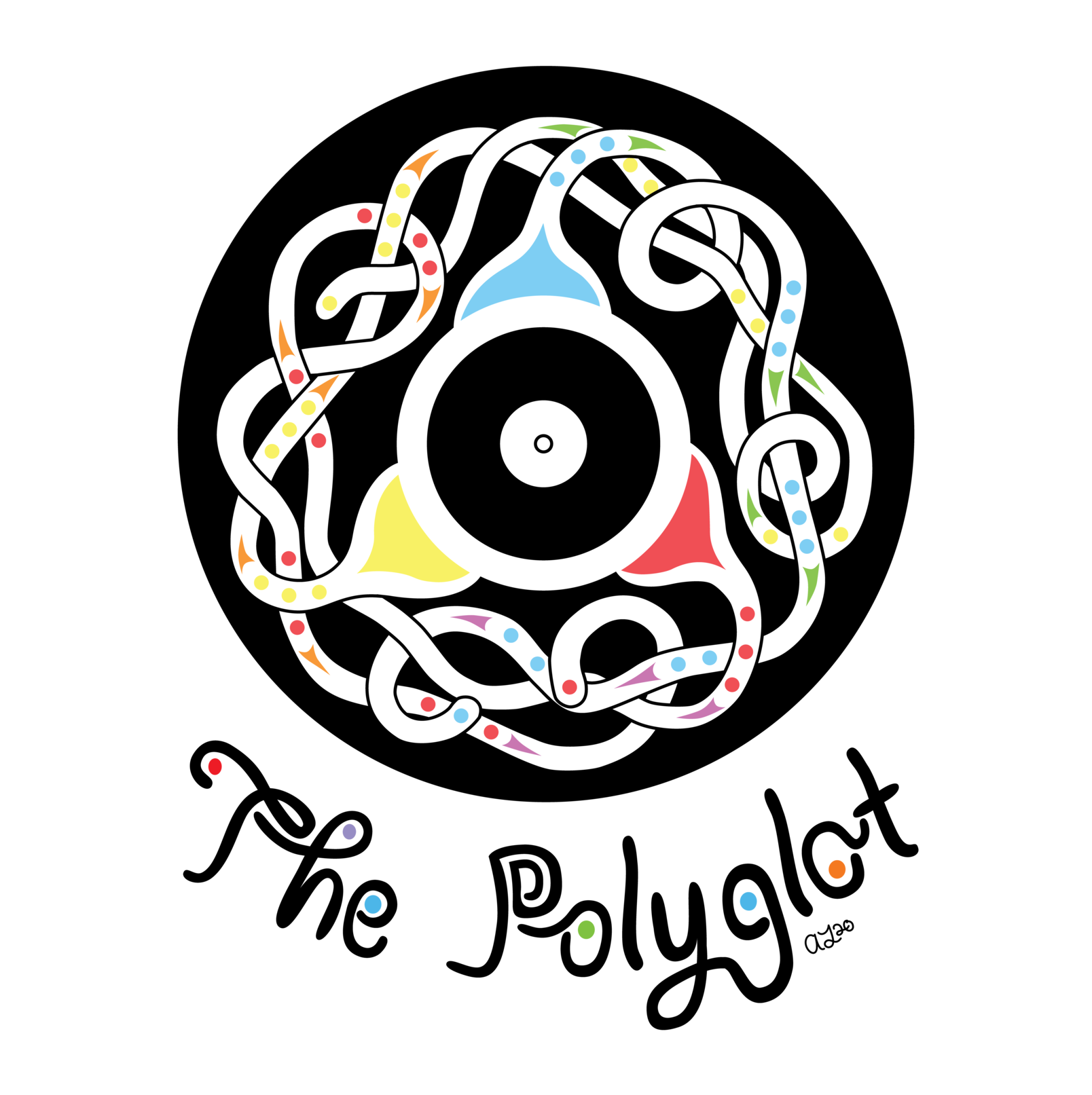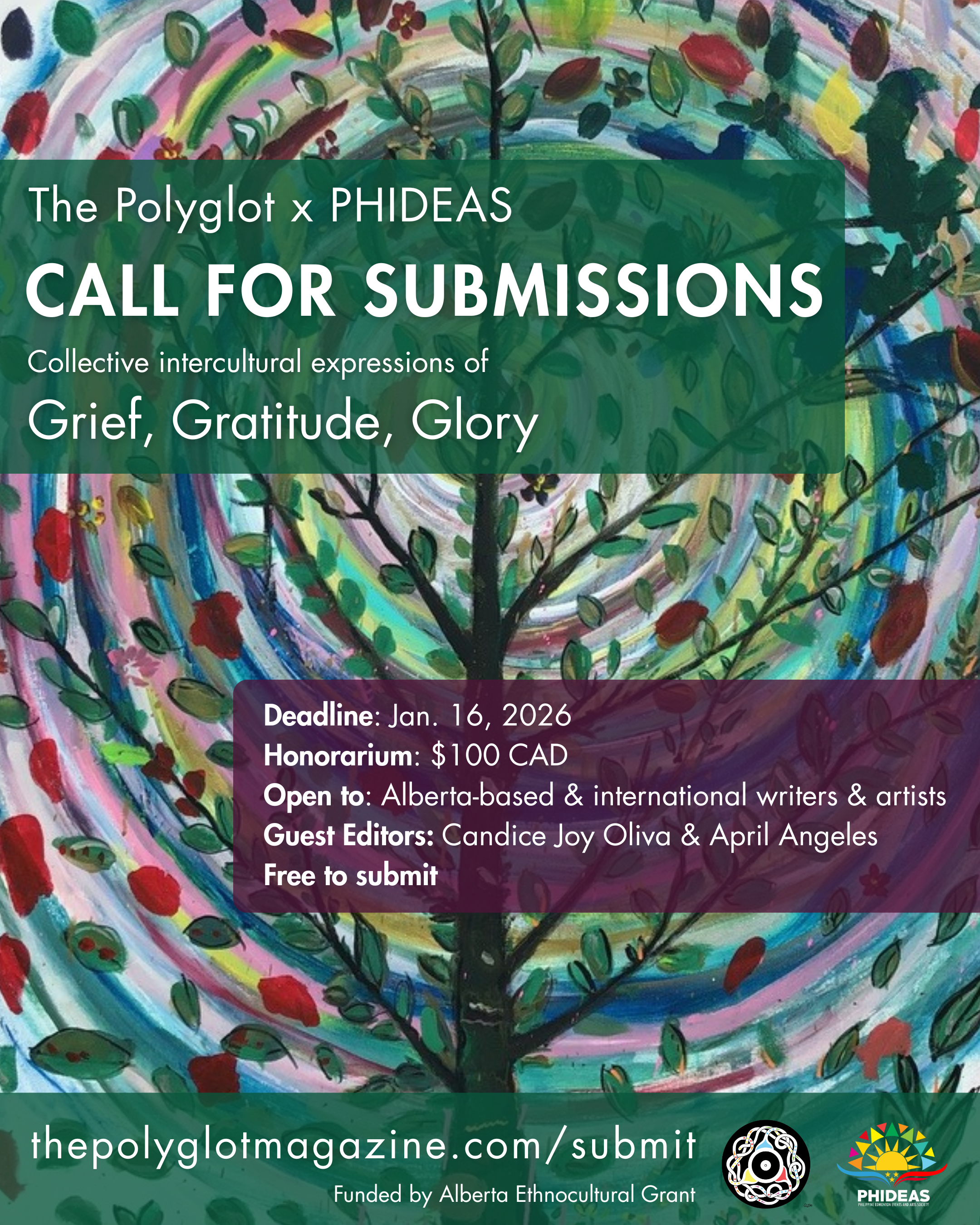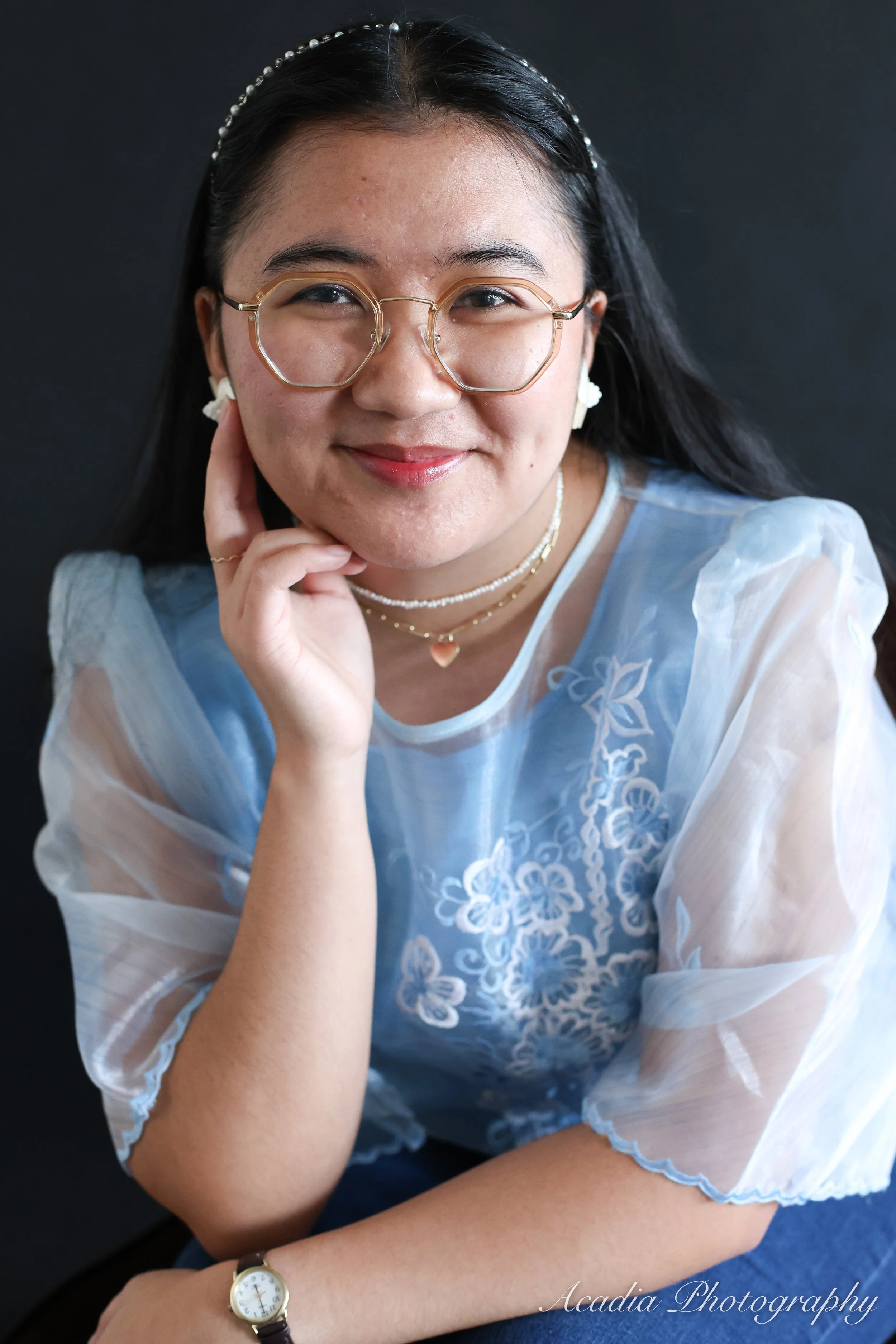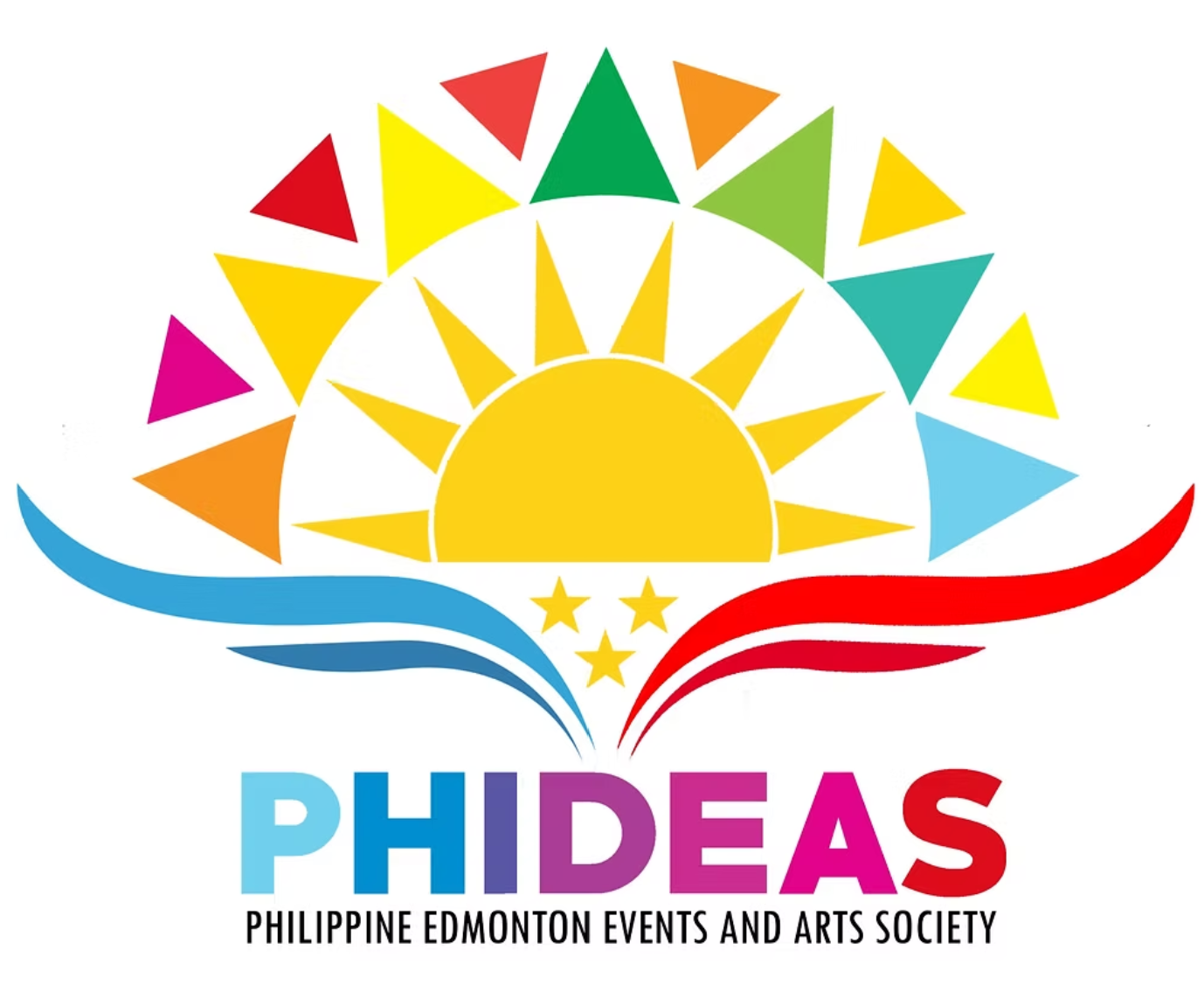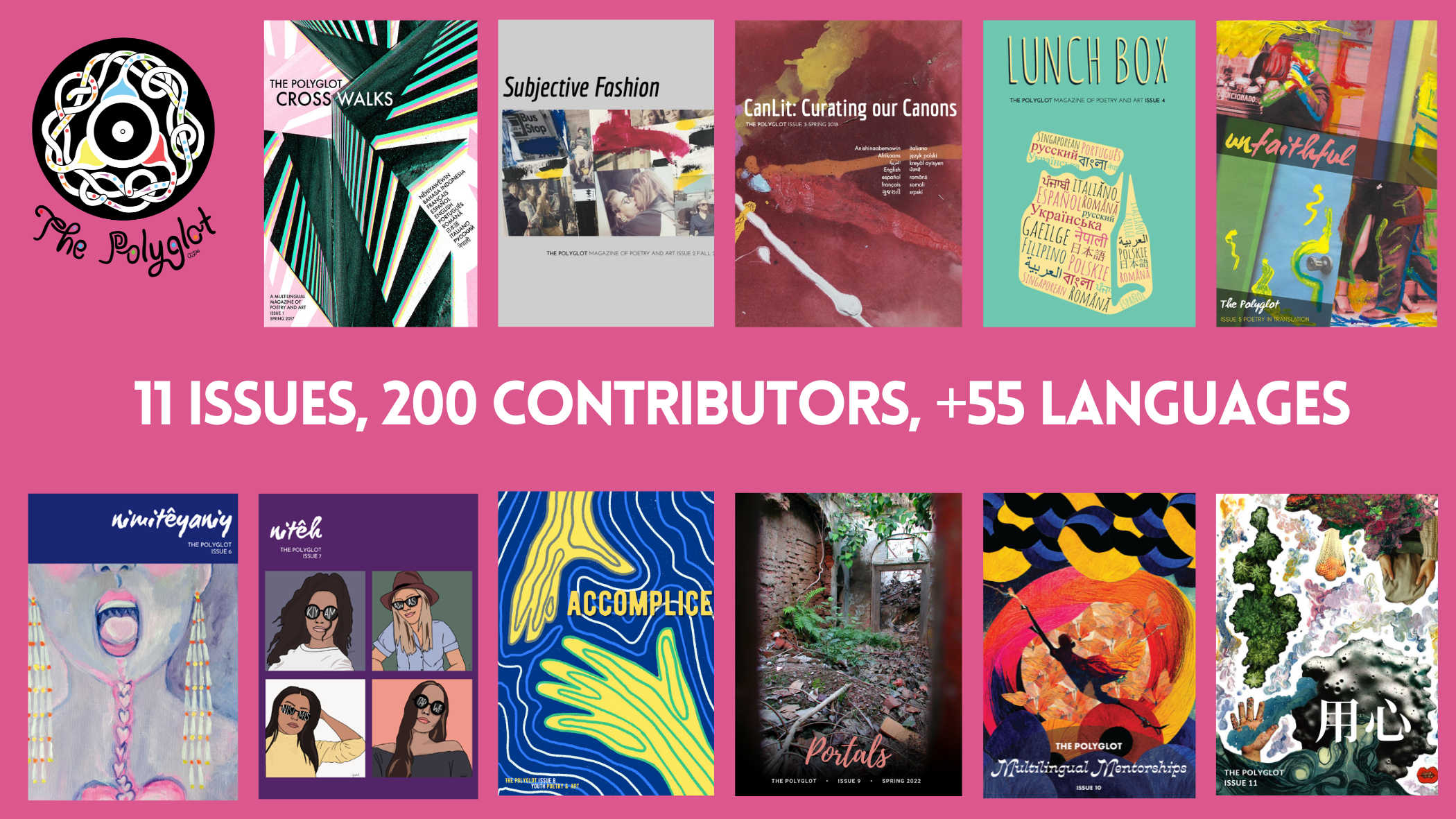CALL FOR SUBMISSIONS
Issue 17: Grief, Gratitude, Glory
The Polyglot partners with the Philippine Edmonton Events and Arts Society (PHIDEAS) for a joint issue dedicated to featuring collective intercultural understandings of grief, gratitude, and glory.
Deadline: January 16, 2026
Honorarium: $100 CAD
Guest Editors: Candice Joy Oliva & April Angeles
Open to: Alberta-based and international multicultural writers and artists
Theme
Through this issue, we dive into the collective work among peoples from diverse cultures, focusing on different expressions of grief, gratitude, and glory. It is by listening to each other’s vulnerable stories and responding with thoughtful creativity that we nurture trust and deepen cross-cultural understanding. When we share recognition and appreciation of each other’s cultural differences, values, and traditions, we lift each other up to imagine a better future together
Submission Guidelines
Literary Submissions: Your stories, essays, translations, or poems can be in any style and format, and in any language or mix of languages. All linguistic levels are welcome. We especially encourage submissions in, or featuring, underrepresented and endangered languages. Before submitting your work to The Polyglot, we strongly encourage those unfamiliar with our multilingual vision and mission to read one of our past issues.
Poetry - up to 3 pieces, 7 pages maximum, in one document
Prose - 2000 words maximum. Please submit in 12 pt font and double-spaced format.
Translated submissions of any genre should include the source text, and a letter of given rights from the source creator or their estate.
Art Submissions: You may submit up to 5 artworks in any media. For visual art, please submit high-resolution JPEG or PNG files. For video or music submissions, please submit MP3 or MP4 files. There is no guarantee that all artworks submitted will be accepted; editors may select up to 2 artworks to be featured.
Hybrid works: We encourage multimedia, collaborative, and cross-cultural collaborations. For example, hybrid storytelling, poetic interpretation of visual art, or a recipe supplemented by a background story. We love to publish art and writing by the same author, or hybrid works that combine words and images. Check out our past issues for examples.
Artist Statement: To accompany and weave together your works, we ask for a short 200-word artist statement reflecting on your process and connecting it to the theme and to the magazine’s vision/mission. You can find examples of artist statements in past issues (www.thepolyglotmagazine.com).
Biography: Please also provide a short biography of up to 200 words, including where others can find you on social media.
File formats accepted: Please submit both a Word document (.docx) and a PDF document. For images: jpeg or png.
Copyrights: If you are submitting a translation, unless the work you are translating has already entered public domain, we ask that you obtain a statement from the holder of the copyright for the work under translation verifying that the rights are available before you submit to this issue. We will ask you to furnish this statement if your work is selected. (Works enter the public domain generally 50 to 75 years after the author’s death, depending on the country where the work was published. The onus is on you to verify if the work in question has indeed entered the public domain if it comes to that. We will not answer any queries with regard to the copyright status of a work.)
AI: We do not accept works created by Artificial Intelligence.
Simultaneous Submissions: You are welcome to submit pieces that are simultaneously submitted elsewhere. Please notify us via email if it’s been accepted elsewhere.
Previous publication in The Polyglot: If you’ve been published in The Polyglot, you are still welcome to submit. However, please note that editors will be prioritizing submissions from individuals who have not been previously featured.
Payment: The Polyglot offers an honorarium of $100 CAD to each contributor. For collaborations, including translations, the honorarium will be shared between the contributing artists. Please note that we can only issue payments via Interac e-Transfer or PayPal.
Response time: Our guest editors will read/view each piece with care and attention. Expect an email response from The Polyglot within three months of our deadline.
Launch: Writers and artists based in Alberta may be invited to read at an in-person launch event in Edmonton in Spring 2026.
Funding: This issue is supported by the Alberta Ethnocultural Grant, and is part of the PHIDEAS series on LIFT: Let us Imagine a Future Together.
Please note that while we warmly welcome submissions from creators across Canada and around the world, our partnership with the Alberta Ethnocultural grant means that this issue may place particular emphasis on work from Alberta-based creators.
Questions? Please email The Polyglot (thepolyglotmagazine@gmail.com) if you have questions about this issue.
Need support? Writers and artists who are living with disabilities and/or for whom English is difficult are welcome to contact The Polyglot for support with the submission process, if needed. We can help with things like clarifying the submission guidelines, adding notes to or withdrawing submissions, and tailoring work to fit our guidelines. To request assistance, please email us at thepolyglotmagazine@gmail.com with the subject line “Polyglot Submission Assistance.”
*Art Credit (Issue 17 poster): Puno ng Pag-Ibig (Full of Love/Tree of Love), Ting Pimentel-Elger and the attendees of “HILOM: Healing Together” organized by PHIDEAS, August 2025, Acrylic, Alberta Legislature Grounds.
Issue 17 Submission Form
Guest Editors
Candice Joy Oliva
Candice Joy (she/they/siya) is an immigrant settler from Bicol, Philippines to Amiskwaciwâskahikan on Treaty 6. Their rhythmic poetry explores the bridges and distances of heritage languages in connecting to our roots while, at the same time, finding kapwa all around. Her debut chapbook ISARO (The Polyglot, 2024) weaves together photography and poetry in this pursuit of memory-stringing and meaning-making. Recently, Candice Joy received the Silver Award for Poetry from the Alberta Magazine Publishers Association. Their works can be found in Edmonton Heritage Stories, The Polyglot, Brickyard Spoken Word x Living Hyphen, Hungry Zine, and Decomp Journal. Siya hopes to continue reimagining joyful spaces to energize a practice of poetry and community care into alignment. She also fulfills this dream through her work as Community Programs Specialist at the Edmonton Newcomer Centre, where she facilitates youth drop-in sessions for girls & femmes and organizes community garden events. IG: @candicejoyoliva.
April Angeles
Based in Edmonton, Alberta, April Angeles (she/her) is an award-winning Filipino-Canadian visual artist from Quezon City, Philippines, whose works have been featured in various physical and online spaces. Having lived in Canada for most of her life, she seeks to deepen her connection with her Filipino roots by incorporating her culture into different artistic pursuits. April draws inspiration from her personal experiences of growing up in the Philippines and from her cultural heritage. Her works have been featured in The Polyglot’s Issue 13: Manaig, and Issue 15: Daaira. In addition to working as a Senior Contract Reviewer at an architecture and engineering firm in Edmonton, April is an editor for the Alberta Filipino Journal, a monthly local publication distributed throughout Alberta. IG: @aprilangelesart.
The Philippine Edmonton Events and Arts Society (PHIDEAS) is a non-profit established in 2016 to create and deliver the annual Edmonton Filipino Fiesta, a multi-day event featuring the best of Philippine culture and heritage through performances, arts, crafts, and cuisine. In addition to this major yearly event, PHIDEAS has smaller, on-going projects: C.U.E. (Connect, Unlearn, Expand) and LIFT (Let us Imagine a Future Together) which focus on connecting communities through writing, music, and art and fostering cross-cultural understanding and relationships.
